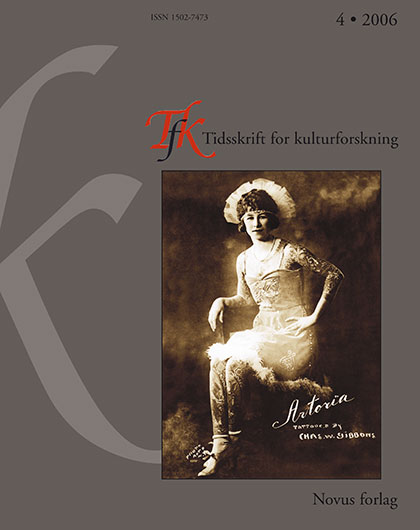Sammendrag
In the early history of museums the collection and study of curiosities became an independent scholarly project. Later the understanding of curiosity was transformed in such a way that it eventually came to stand for the opposite, viz., anything ridiculous and non-scientific. The aim of this article is to show how and why this transformation took place. Taking the learned Danish antiquarian, naturalist and physician Ole Worm (1588-1654) and his famous curiosity cabinet in Copenhagen as the point of departure, the story of the rise, fall and reinvention of the curious object in the history of museums will be unfolded. The story of curious objects involves not only an understanding of the historical references and traditions embodied in today's museum institution, but also the demonstration of the ability of contemporary museum culture to change, thus pointing to new ways of understanding the role of museum and collected objects.
Forfattere beholder opphavsretten og gir tidsskriftet rett til første publisering av arbeidet. En Creative Commons-lisens (CC BY-SA 4.0) gir samtidig andre rett til å dele arbeidet med henvisning til arbeidets forfatter og at det først ble publisert i dette tidsskriftet.

